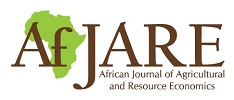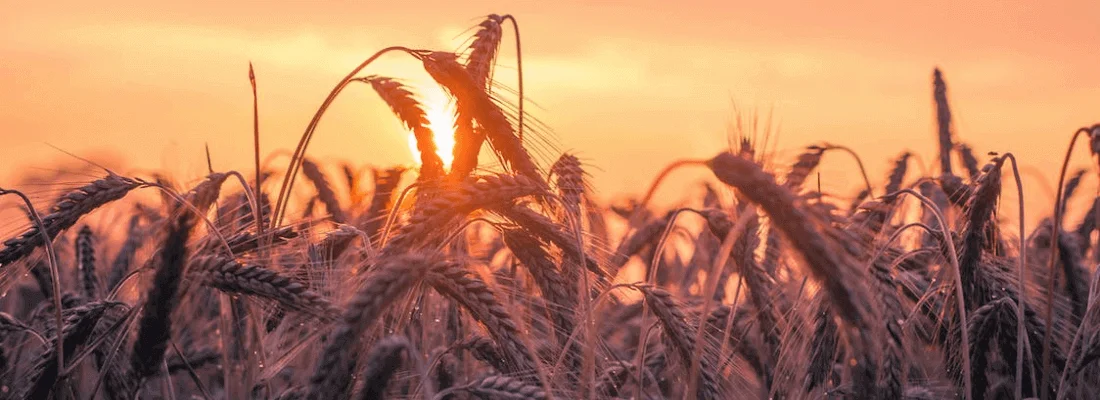
Supports Open Access
0.5 Impact Factor



African Journal of Agricultural and Resource Economics (AfJARE)
A publication of the African Association of Agricultural Economists (AAAE)
Latest Publications
Effect of collective marketing on mango income among smallholder farmers in Mwala sub-county, Machakos County,Kenya
This study examined the effect of collective marketing on mango income for 226 smallholder farmers in Mwala sub-county. The study employed an endogenous switching regression model to account for selection bias from observed and unobserved farmer attributes.
How does climate-smart aquaculture affect fish productivity among smallholder farmers in Kakamega County, Kenya? A multinomial endogenous switching regression
Climate change and its pronounced effects have greatly disfranchised the livelihoods of aquafarmers. To leverage these negative effects of climate change, climate-smart aquaculture (CSA) practices have been developed for adoption by farmers. However, it is not known whether these practices have made any meaningful contribution to farmers in terms of their livelihoods and resilience to the vagaries of climatic change.
Effect of farmer–herder conflict adaptation strategies on multidimensional poverty and subjective wellbeing in Ghana
Farmer–herder conflicts deepen the incidence of poverty and worsen the wellbeing of both farming and herding households in Sub-Saharan Africa. In order to cope with the effects of conflict on their livelihoods, households adopt various adaptation strategies.
Food security gains from the adoption of improved maize varieties among smallholder households in Uganda: A panel analytical framework
This study investigated the food security effect of the adoption of improved maize varieties among farming households in Uganda using four waves of the Uganda National Panel Survey (UNPS) spanning the period 2013 to 2020.
Does adoption of improved soybean varieties and their complementary agronomic practices enhance household food security among smallholder farmers in Malawi
Soybean is one of the key legume crops that provides several financial benefits for farming households in Malawi. However, Malawi's persisting efforts to improve smallholder productivity and diversification have only translated into moderate improvements in food security outcomes.
The literature on what drives crop failure and crop abandonment is scant. This paper explores the interplay between risk factors and crop abandonment. We examine the role of risk sources and risk management strategies in crop abandonment by smallholder maize farmers in Zambia.
Volume 20
This study examines the impact of remoteness on productivity growth among Malawian smallholder farmers.
Cette étude explore l’effet de l’intégration des pays africains aux chaînes de valeur agricoles sur la sécurité alimentaire, en soulignant le rôle central des institutions.
Volume 19
This study examined the effect of collective marketing on mango income for 226 smallholder farmers in Mwala sub-county. The study employed an endogenous switching regression model to account for selection bias from observed and unobserved farmer attributes.
This study investigates how public agricultural expenditure can mitigate the effect of climate variability on banks’ agricultural credit supply in sub-Saharan Africa.
Farmer–herder conflicts deepen the incidence of poverty and worsen the wellbeing of both farming and herding households in Sub-Saharan Africa. In order to cope with the effects of conflict on their livelihoods, households adopt various adaptation strategies.
Volume 18 (2023)
This study evaluated the effect of agriculture, industry, manufacturing and the service sector on economic growth for the period 1991 to 2020 using the autoregressive distributed lag stationarity (ARDL) bounds-testing approach.
Uganda’s climate is changing in terms of rising temperatures and altered precipitation patterns, leading to extreme meteorological conditions such as prolonged drought, floods and landslides. Yet the majority (68%) of Ugandans rely largely on rain-fed agriculture, which is affected by climate variability.

